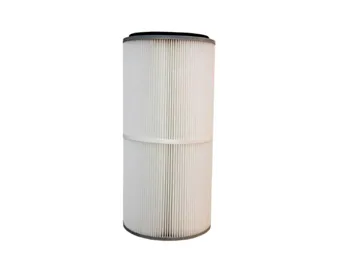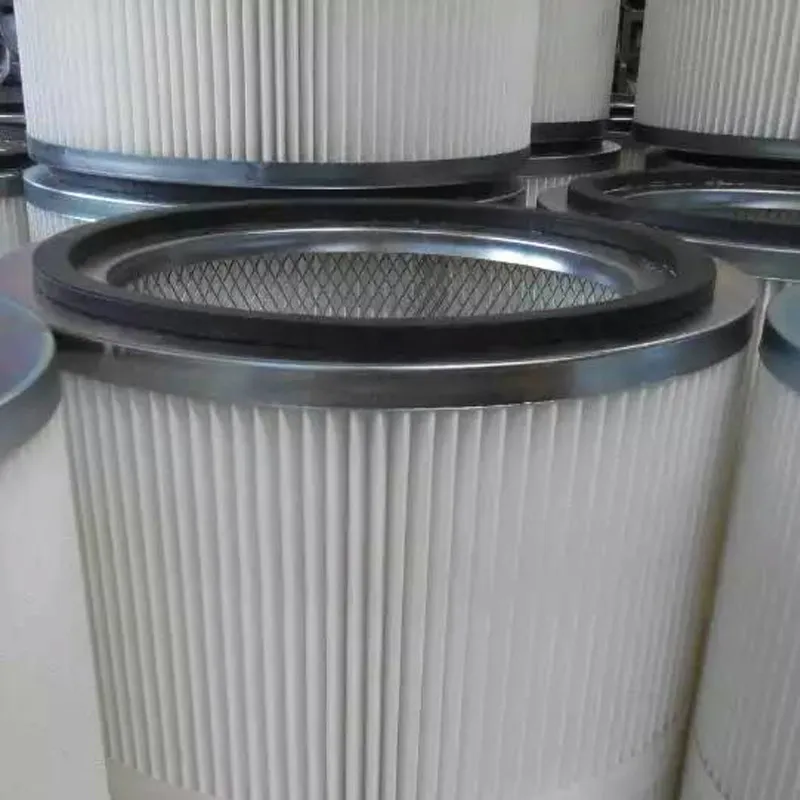 Tel:
+8618931101301
Tel:
+8618931101301
7 月 . 25, 2024 15:20 Back to list
Optimizing Gas Turbine Inlet Filters for Enhanced Efficiency and Performance in Modern Energy Systems
The Importance of Gas Turbine Inlet Filters
In the world of power generation and propulsion, gas turbines play an essential role due to their efficiency and reliability. However, one critical aspect that is often overlooked is the quality of the air entering the turbine. The gas turbine inlet filter is a crucial component in ensuring that the turbine operates optimally and efficiently. This article explores the significance of gas turbine inlet filters and their impact on turbine performance and longevity.
Gas turbines rely on a constant supply of clean, uncontaminated air for combustion. The quality of this inlet air can significantly influence the turbine's performance and the efficiency of the combustion process. Inlet filters are designed to protect the turbines from particulates, dust, and other contaminants that may be present in the ambient air. These contaminants can lead to wear and tear on the turbine’s components, reduced efficiency, and even catastrophic failures.
Inlet filters can be categorized into several types, including mechanical filters, electrostatic filters, and oil mist eliminators. Mechanical filters, often made from fibers or synthetic materials, trap particulates through a combination of size exclusion and inertial impaction. Electrostatic filters utilize electrical fields to attract and capture charged particles. Oil mist eliminators are designed to remove oil vapors from the air, which is particularly important in industrial settings where oil mist can occur.
The efficiency of these filters is paramount. A high-efficiency inlet filter can significantly reduce the amount of particulate matter entering the gas turbine. Studies have shown that using high-performance filters can enhance the overall efficiency of the turbine, leading to improved power output and reduced fuel consumption. In a market where fuel costs can account for a substantial portion of operational expenses, improving turbine efficiency through effective filtration is a smart economic decision.
gas turbine inlet filter

Furthermore, the use of gas turbine inlet filters contributes to the overall durability of the turbine. Contaminants can cause erosion and corrosion of turbine blades and other internal components, leading to costly maintenance and downtime. By implementing a robust filtration system, operators can extend the lifespan of their turbines and reduce the frequency of repairs. This not only saves money but also enhances operational reliability in an industry where reliability is key.
Regular maintenance and monitoring of inlet filters are also crucial for optimal turbine performance. Over time, filters can become clogged with particulates, reducing their efficiency and potentially restricting airflow. This can lead to a decrease in turbine performance and an increase in fuel consumption. Operators must regularly assess filter conditions and replace or clean filters as needed to ensure that the turbine receives a continuous supply of clean air.
In addition to standard filtration, advancements in technology are enabling more sophisticated approaches to gas turbine inlet filtration. For instance, smart filters equipped with sensors can monitor filter performance in real-time, alerting operators when a filter needs attention. This proactive approach to maintenance can help operators keep their turbines running at peak performance while minimizing unplanned downtime.
In conclusion, gas turbine inlet filters are a vital component in maintaining the efficiency and longevity of gas turbines. By ensuring that the air entering the turbine is clean and free from harmful contaminants, operators can enhance turbine performance, reduce operational costs, and extend the lifespan of critical components. As the demand for cleaner and more efficient power generation continues to rise, investing in high-quality inlet filtration systems will remain a top priority for gas turbine operators worldwide.
-
How to choose a high-efficiency air filter? Here comes a professional guideNewsOct.21,2024
-
Air filter: multi-field application, protecting fresh airNewsOct.17,2024
-
Carbon air filter: a green guard to protect air qualityNewsOct.16,2024
-
Can activated carbon completely remove indoor odors and pollutants in air purification?NewsOct.14,2024
-
How to filter air efficiently and ensure indoor air quality?NewsOct.12,2024
-
Activated carbon filter: the invisible guard of clean water lifeNewsOct.11,2024

 Email:
Email:





